Before the turn of the millennium, gaming was in an extremely important moment. 3D graphics had been around for a few years at this point, and developers were beginning to experiment with what they could achieve with the new technology. This resulted in many titles from this era cementing their place as iconic games, with 1999 being one of the key years during this time.
To celebrate, we’re taking a look at every game from 1999 that you need to still be playing in the modern era. Here, you’re going to see games from a variety of franchises, from a manner of genres. All of these games have one thing in common – they’re still a ton of fun.
Donkey Kong 64
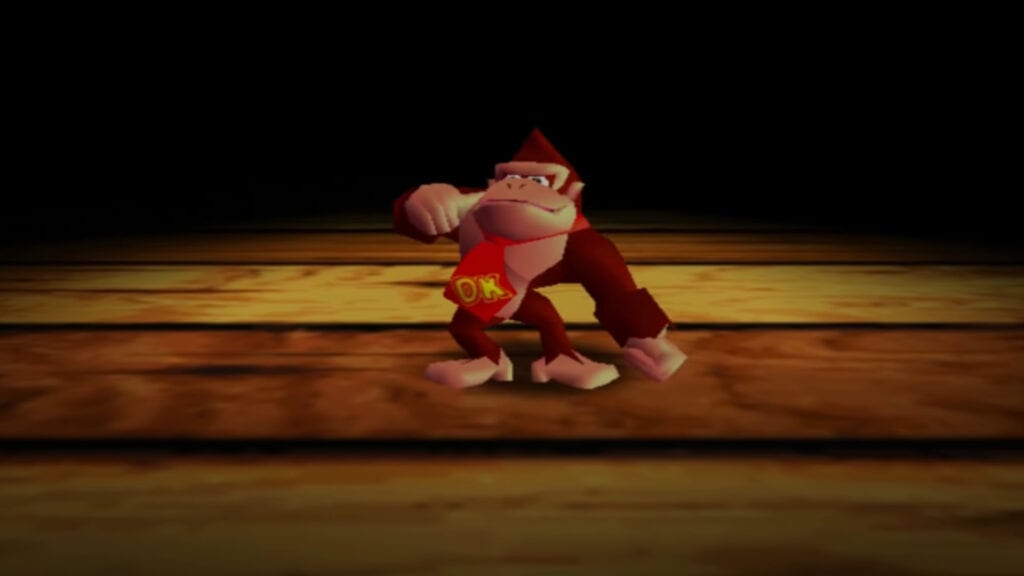
©Screenshot from Donkey Kong 64.
As a 3D platformer, Donkey Kong 64 is an anomaly in the series. Following the iconic Donkey Kong, you must help him rescue his family from King K. Rool. There’s an entire island to explore, with minigames and puzzles to complete to progress. These minigames can be anything from races, minecart rides, and barrels that fire the player just like in the 2.5D Donkey Kong games. You also need to collect bananas, which can later be used to access the main boss of each of the game’s seven levels.
As you rescue members of Donkey Kong’s family, they then become playable themselves. Each character has their own unique abilities, which can be used to access different areas of levels (for example, Diddy Kong can fly, while Tiny Kong can crawl through small holes). This just covers the single-player experience – Donkey Kong 64 also has a multiplayer component, too. This contains six minigames, which can be played by two to four players. Each of these minigames has its own unique objectives, which pit players against each other in chaotic action.
Super Smash Bros.
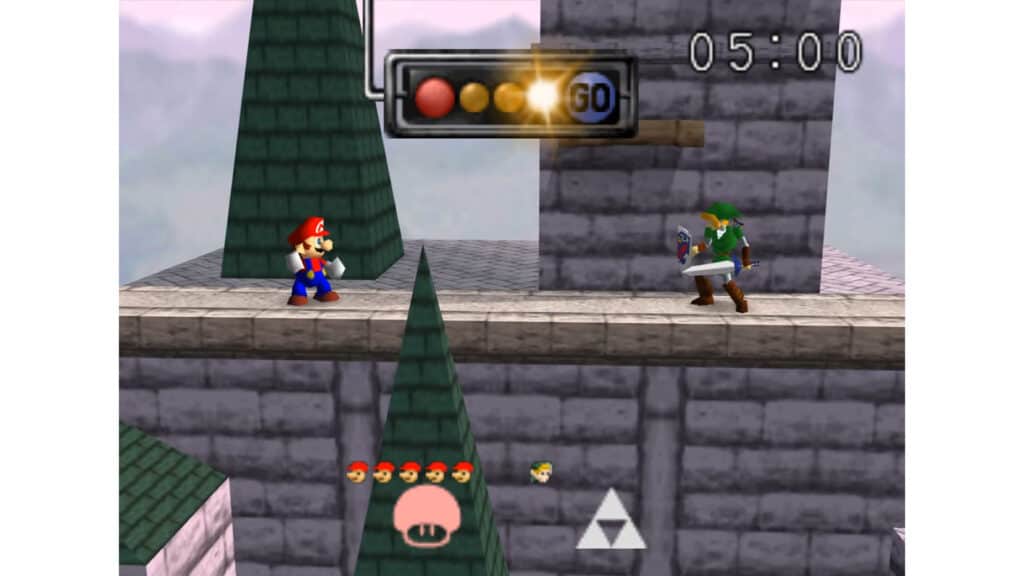
©Screenshot from Super Smash Bros.
With Super Smash Bros. arriving in 1999, the ultimate Nintendo crossover was here, and the fighting game genre would never be the same again. Bringing together all of Nintendo’s top franchises, including Super Mario, The Legend of Zelda, Star Fox, Yoshi, Donkey Kong, Metroid, F-Zero, Mother, Kirby, and Pokemon, Super Smash Bros. brings characters and locations from each, pitting them against one another in a battle to the death.
Super Smash Bros. is a fighting game with a twist. Rather than looking to bring your opponent’s HP down to zero, instead, you’re trying to knock them off the stage. As they take hits, a damage total meter goes up to a maximum of 999%. As they take hits, the damage total meter goes up to a maximum of 999%. As that percentage rises, they’re sent further away from the main stage, making it more difficult to remain inbounds. For the most part, the combat movesets are the same across all characters, but each has its own special abilities to set them apart from the rest. For example, some characters can jump further, making it easier to remain on the stage after taking damage. Item pickups such as Pokeballs and Koopa shells fall into the levels, allowing players more ways to heal and deal damage to other players.
While Super Smash Bros. does support a single-player mode, it’s at its best when played multiplayer. Its unique brand of chaos is best with a friend and still feels great to play to this day. Best of all, if the original game takes your fancy, it has plenty of great sequels to try, too.
Pokemon Gold & Silver
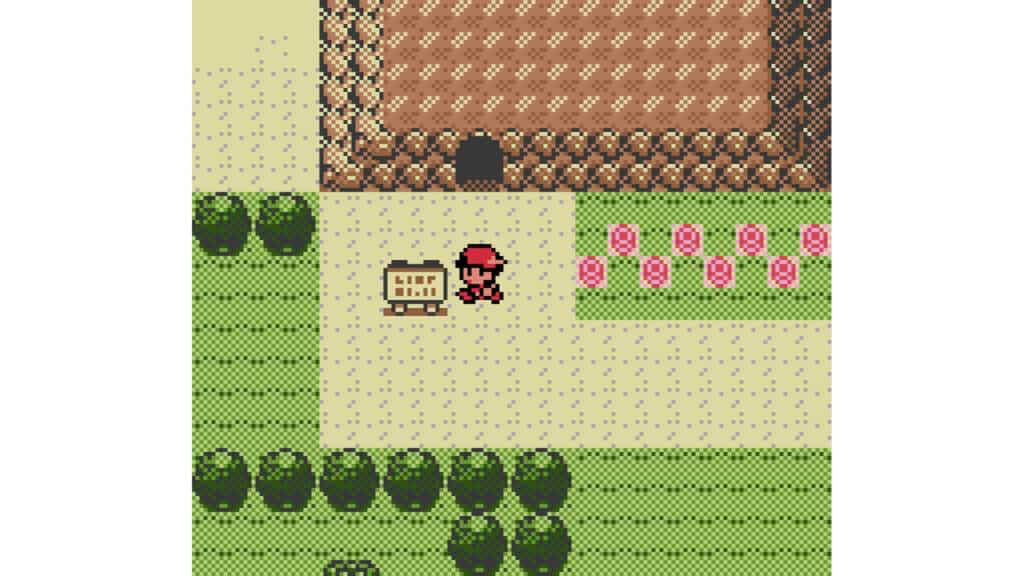
©Screenshot from Pokemon Gold.
Pokemon Gold & Silver harkens back to an era when the series was still burgeoning with creativity, rather than being on the verge of collapsing under the weight of its own history. As the opening games in Generation 2, they set the standard for what a new Gen of Pokemon should look like. A new region, new characters, and a staggering amount of new Pokemon, all with the increased graphical capabilities of the Game Boy Color.
They’re near-perfect sequels to Pokemon Red, Green, & Blue. The mechanics are a perfect balance, not as simplistic as the first entries, but not as bloated as the later games in the series, introducing staple features such as breeding and special Pokeballs. With over 23.7 million sales, Pokemon Gold & Silver are some of the best-selling games in the series, carrying on the resounding success of Generation 1. Crucially, it cemented Pokemon as not just a fad, but a franchise that was here to stay.
Ten years after their release, they were remade in the form of Pokemon HeartGold & SoulSilver. We think you’re better off just sticking with the originals, although the remakes remain a valid way to experience the games.
Pokemon Snap
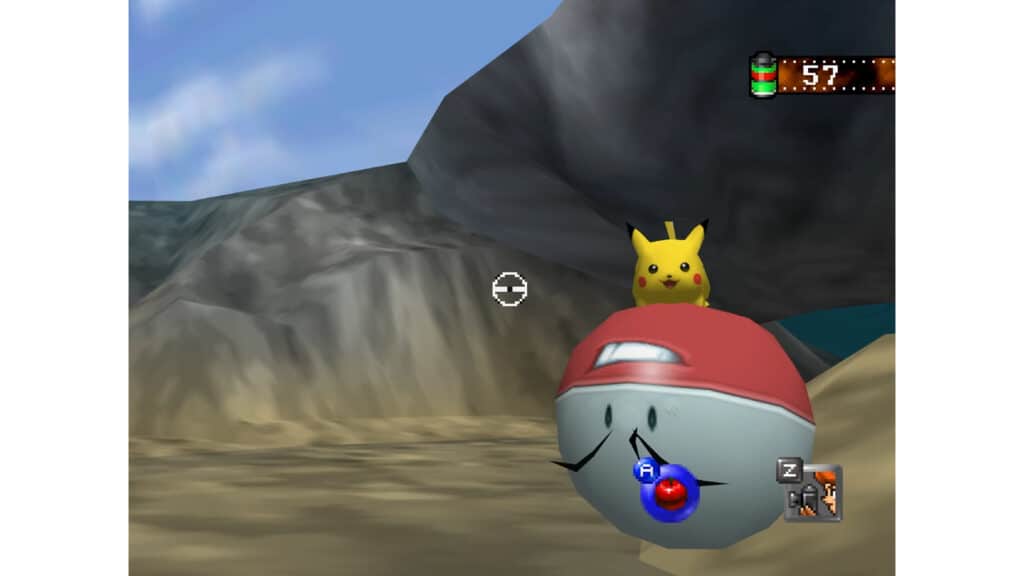
©Screenshot from Pokemon Snap.
Yes, this is the second Pokemon game on this list, but Pokemon Snap is something different entirely. Instead of the usual RPG gameplay that players would normally expect from the series, Pokemon Snap sees you head to an island where 63 of the original 151 Pokemon live in peace. Taking a buggy named the Zero-One around the island, the game plays like a rail shooter where your objective is to take pictures of the local Pokemon, trying to snap as many as possible. Every picture on your trip is rated by Professor Oak and sorted by the size and pose of the Pokemon, as well as the clarity of the image. These points are how you progress further into Pokemon Snap.
Although the game gives you a camera to start out with, progressing through the levels opens up more accessories to help you take better photos of the Pokemon. For example, Pester Balls can bring Pokemon out of hiding, allowing you to snap them more clearly. You get these by progressing through the game’s seven levels, which are Beach, Tunnel, Volcano, River, Cave, Valley, and Rainbow Cloud.
Until the very recent New Pokemon Snap, there was nothing like this game in the series. Despite the critical success of the sequel, you’ll still find plenty in the 1999 original to make it a worthwhile play.
Resident Evil 3: Nemesis
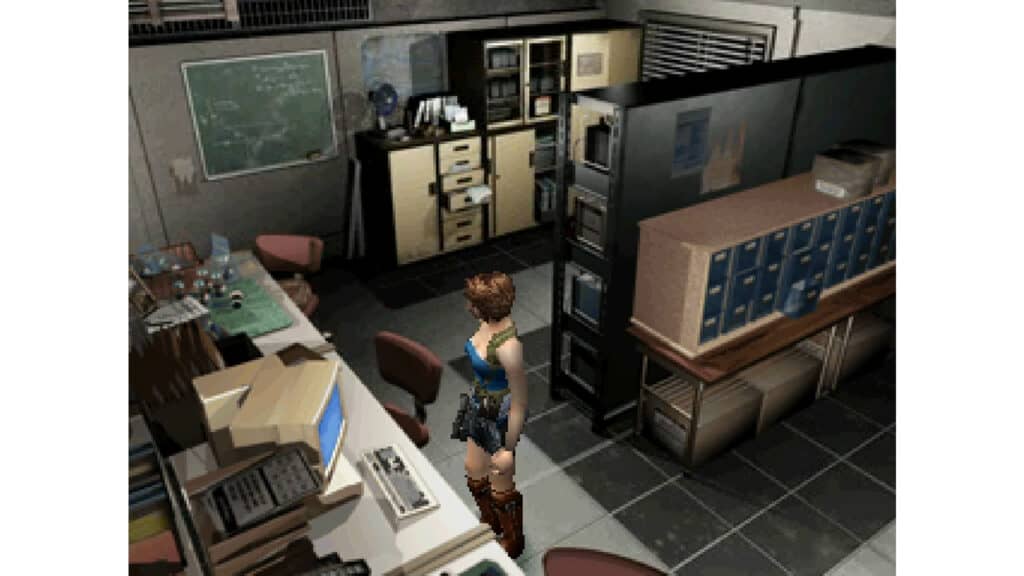
©Screenshot from Resident Evil 3: Nemesis.
Resident Evil 3: Nemesis was always going to be on this list. As one of 1999’s best games, it’s a must-play for fans of survival horror games. In this game, you take charge of Jill Valentine as she tries to escape from Raccoon City, which has been taken over by hordes of infected zombies. You do this via a series of action setpieces, where you can either fight the enemies, or avoid them by using the environment to your advantage. Resources such as weapons and ammo are scattered throughout the city, and the game encourages exploration in order to have the tools needed to survive. Some items can even be combined with others, rewarding player ingenuity.
Throughout the game, Resident Evil 3: Nemesis presents you with big decisions. These affect the ending of the game, with a few different possibilities available as a result. After the game is complete, a new mode is unlocked titled The Mercenaries – Operation: Mad Jackal. This allows you to take control of the mercenaries met during the main story, and are challenged to move from one side of Raccoon City to the other as fast as possible. Playing this mode can unlock more costumes for Jill in the main game.
The game currently holds a score of 91 on Metacritic, owing to the critical acclaim it received on release. It’s a survival horror experience like no other, and the 2020 remake Resident Evil 3 isn’t too shabby, either.
Tony Hawk’s Pro Skater
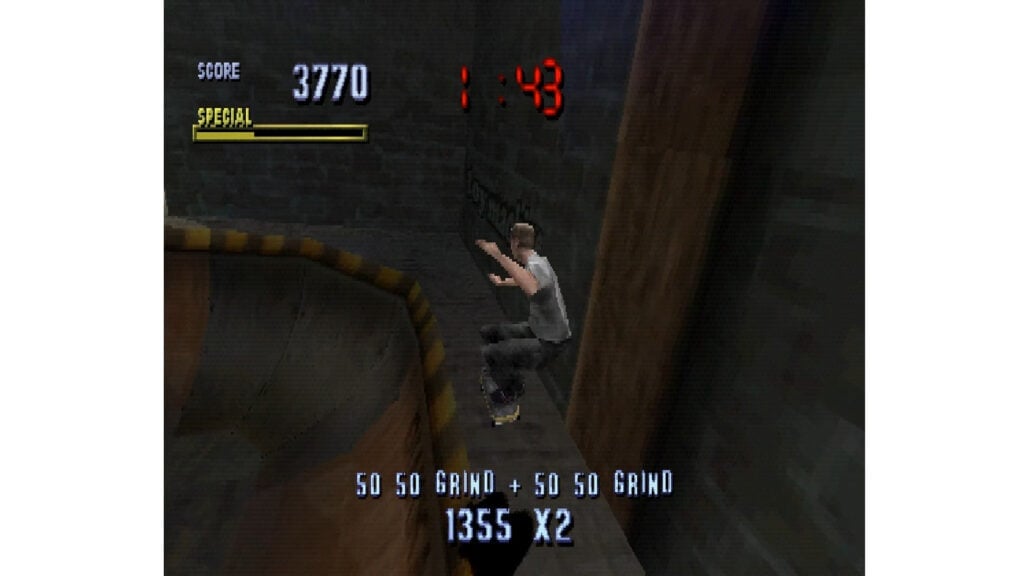
©Screenshot from Tony Hawk’s Pro Skater.
You can’t talk about 1999 and not discuss Tony Hawk’s Pro Skater. Featuring a bunch of famous skateboarders, this 3D skateboarding title essentially invented an entire genre of game. The objective is simple: complete tricks and combinations to increase your score. As your score goes up, a gauge increases, which eventually allows you to complete a special trick worth a ton of points.
Tony Hawk’s Pro Skater shines most during its career mode, where you need to complete five objectives per level across two minutes. These objectives rise in difficulty as you progress throughout the game, making it a mad dash to complete the levels. This level of pressure essentially forces you to improve, or get stuck right where you are, helping to foster a real sense of improvement in the game. Of course, there are free skate modes, where you can just kick back and perform moves as you please, either in single-player or multiplayer.
Overall, Tony Hawk’s Pro Skater was an enormous hit, sparking numerous sequels. It also went on to inspire other series such as Skate, helping to introduce skateboarding to a new generation of people. The cultural impact of Tony Hawk’s Pro Skater can still be felt to this day, so it’s worth taking a trip back to 1999 to see where it all began.
RollerCoaster Tycoon
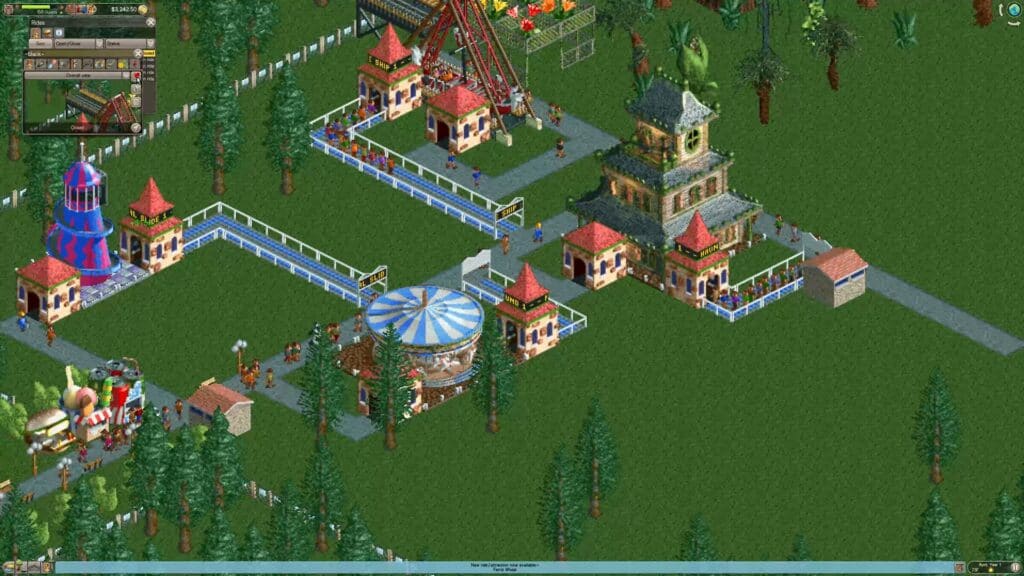
©Screenshot from RollerCoaster Tycoon.
Chris Sawyer’s masterpiece. After the solid Transport Tycoon, the famous game designer had some high expectations to live up to. It’s fair to say he met those expectations with 1999’s RollerCoaster Tycoon. The game allows players to start their own theme park, choosing what type of rides should be featured throughout the park making sure visitors’ needs are tended to via the placement of food stalls, bathrooms, and information kiosks. The iconic feature here, though, is the ability to build your own rollercoasters, in which you use a tile-based construction system to create rides for your patrons to experience. You’ve got to be careful, however. Get it wrong, and you can be at fault for the death of dozens of customers, giving your park a bad name.
The park building takes place within one of 21 scenarios, in which you need to complete a series of objectives in order to move on to the next one. Completing all of these scenarios then unlocks the Mega Park level, where the only objective is to “Have Fun!” This unlocks the ability to build parks as you please, with an unlimited budget to build your dream theme park.
While RollerCoaster Tycoon went on to receive several sequels, none were as critically acclaimed as the original. If you’re planning to jump in, we think you should definitely start with the 1999 original and go from there.
Spyro 2: Ripto’s Rage!
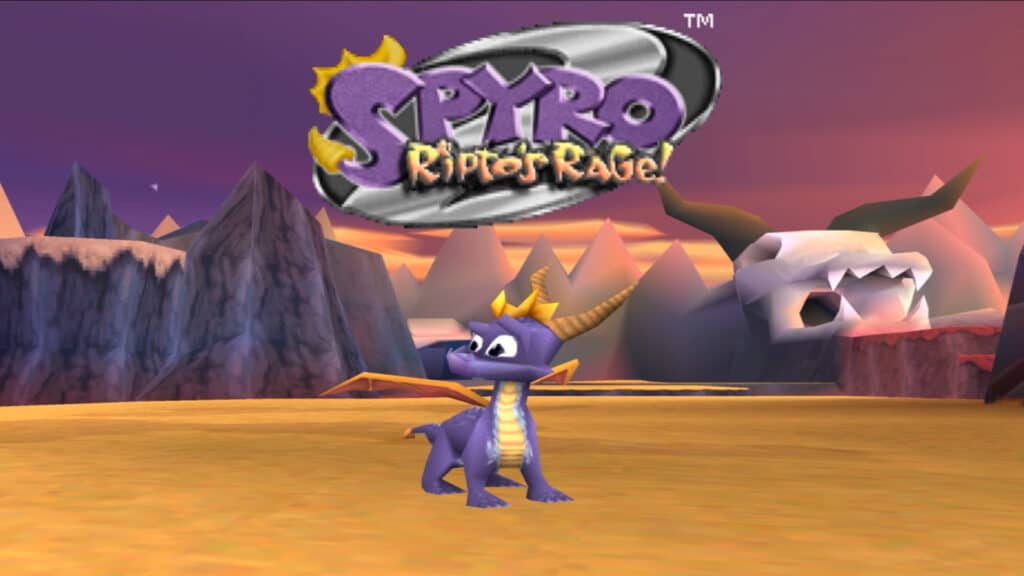
©Screenshot from Spyro 2: Ripto’s Rage!
No game defines the late ’90s quite like Spyro 2: Ripto’s Rage! This is everything a sequel should be, taking everything gamers loved about the original Spyro the Dragon, and iterating in small but consequential ways. In this adventure, Spyro heads to the land of Avalar, where he finds a world thrown into chaos by a warlock named Ripto. With the help of new friends Hunter, Elora, and the Professor, the iconic purple dragon must collect the talismans from the different regions of Avalar to restore order, and finally take his much-needed vacation to Dragon Shores.
While you can play Spyro 2: Ripto’s Rage! as part of the Spyro Reignited Trilogy, we recommend that you go ahead and play the 1999 original. Its graphics have a ton of character, and the gameplay more than holds up a quarter of a century(!) later.
The story is great and all, but what about the gameplay? Well, Spyro 2: Ripto’s Rage! is brilliant in this department, too. It follows many of the conventions from the original game, with Spyro moving between hub worlds, collecting gems from each individual level. Instead of collecting dragons like in the original game, this time, Spyro collects talismans and orbs. Over the course of the game, Spyro is able to purchase new abilities with his gems from Moneybags. First, Spyro can learn to swim, then to climb, and finally, to headbash. Each of these abilities opens up new pathways across the realms, allowing some big changes in level design from the original game.
Silent Hill
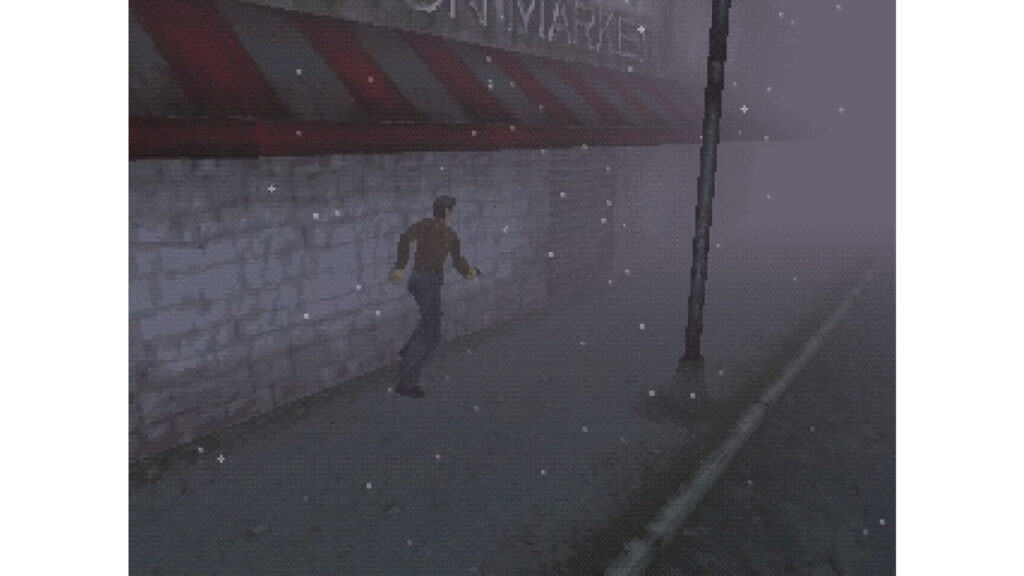
©Screenshot from Silent Hill.
Silent Hill is notable for setting the standard for survival horror. This third-person survival horror title is one of the defining games of 1999, with its atmospheric fog becoming iconic to gamers around the world. The gameplay itself is relatively simple. You control Harry Mason, exploring a town where you must solve puzzles and fight monsters. The game has no HUD, adding to the immersive atmosphere. It makes great use of the PlayStation’s DualShock controller, using a heartbeat rhythm vibration to indicate Harry’s health.
The game’s combat has both melee and firearms elements, but you should take care with each approach. Harry can’t take many hits from enemies, making every encounter a dangerous one. This means that it’s important to choose the right weapon for the job as much as possible. Aside from combat, exploration is definitely the main star of Silent Hill. Throughout the game, you’ll find pieces of the game map, which help you get around much easier in the dark. Like with other elements of the game, immersion is key, meaning you can only read the map in areas with enough light.
Depending on your actions throughout the game, Silent Hill has five different endings, with two bad, two good, and one joke conclusion. This makes it feel as though your actions actually have strong consequences, making Silent Hill one of the must-play games of 1999.
Star Wars: X-Wing Alliance
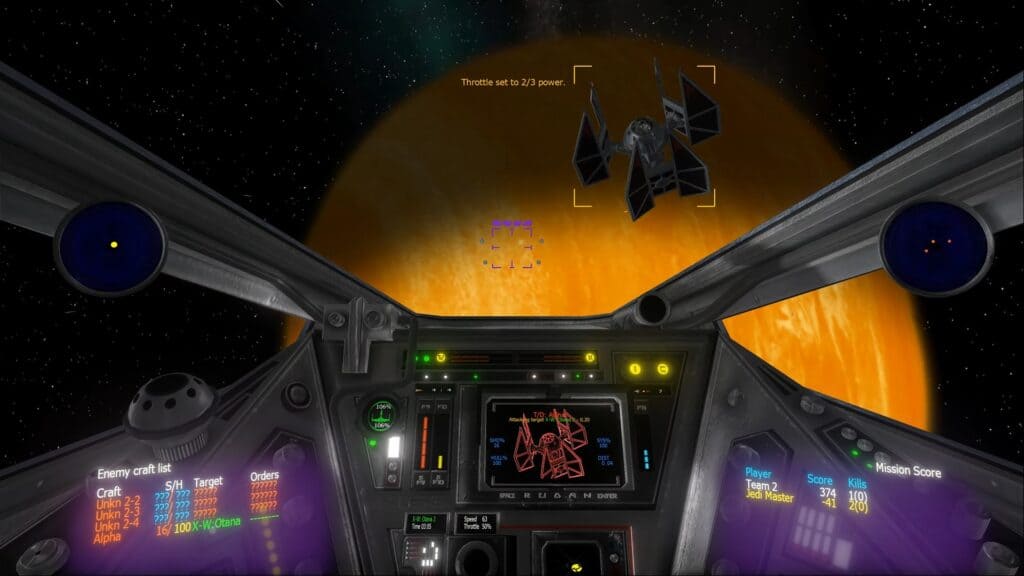
©Screenshot from Star Wars: X-Wing Alliance.
Star Wars: X-Wing Alliance is easily one of the best games of 1999. It remains one of the Star Wars games you have to play, the perfect sequel to both Star Wars: TIE Fighter and Star Wars: X-Wing vs. TIE Fighter. After X-Wing vs. TIE Fighter was criticized for its multiplayer-heavy approach, Star Wars: X-Wing Alliance took a return back to basics with a renewed focus on single-player content. You play as Rebel Alliance pilot Ace Azzameen, as he looks to protect his family against the backdrop of the Galactic Civil War.
Flight simulation elements are extremely similar to past titles in the series, and the game doesn’t hold back in terms of complexity. You’ve got to manage your resources as you dogfight against the pilots of the Galactic Empire. For the first time, the cockpit view is completely 3D, adding to the overall immersion. There is one massive addition that changes the gameplay massively: multi-crew spacecraft. For the first time in the series, you could jump into famous ships like the Millennium Falcon, choosing your spot on the ship while the remaining places would be filled by the AI. This meant you would focus on one specific role, rather than doing everything all at once.
On top of all of this, Star Wars: X-Wing Alliance adds a custom mission creator, again, a first for the series. This massively expands the amount of content in the game, as you can simply create a different scenario every time you play. Whether it was released in 1999 or today, the game would still be an absolute blast to experience.
Crash Team Racing
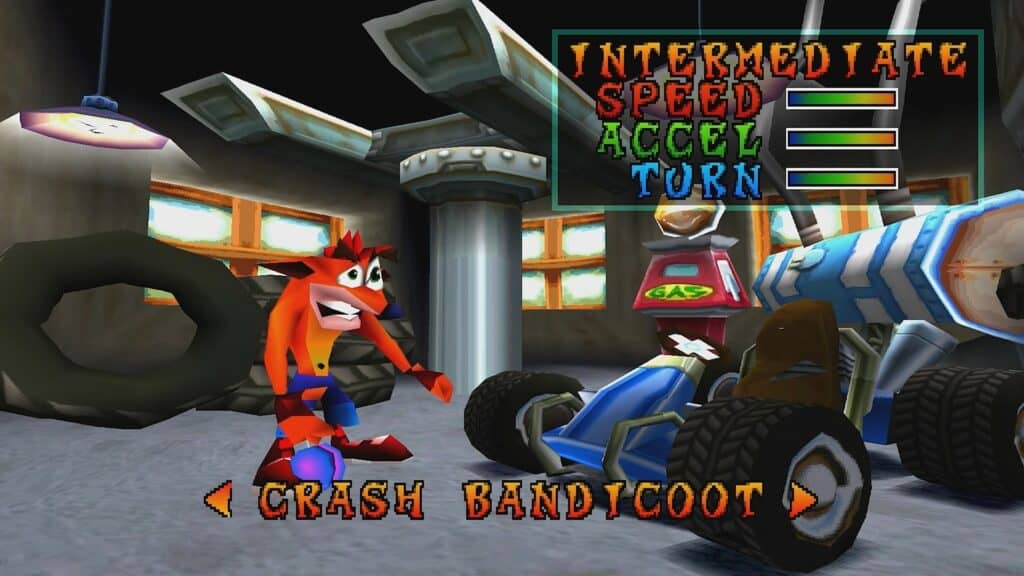
©Screenshot from Crash Team Racing.
Is it a shameless cash-in on the hype of karting games such as Mario Kart? Maybe. Is it still a ton of fun regardless? Definitely. Crash Team Racing is a kart racing game based on the Crash Bandicoot franchise, taking place across various new locations. The gameplay is similar to many other kart racers of the era, with powerups available to pick up on each track. Some can be used offensively to gain an advantage, while others defensively to protect yourself from others’ attacks. All of this is presented with a Crash Bandicoot lick of paint, but there’s no denying its similarities to other kart racers.
Crash Team Racing has five different game modes to choose from: Adventure, Time Trial, Versus, Arcade, and Battle. Adventure is the main story mode, where you must win races to save the world from Nitros Oxide, unlocking more tracks via victories. There are various collectibles available for players who choose to replay the maps and set new records across them. This is similar to Time Trial, where players must play through the maps and try to beat them in the fastest possible time. In the Battle mode, you’re placed into a battle arena with other karts and must use the pick-ups to defeat them. Arcade allows you to play whatever track you’d like, whenever you want. Finally, there’s Versus mode, which is essentially Arcade mode for two or more players.
Crash Team Racing spawned quite a few sequels, each of which took a turn in a different direction. Because of this, we think you should just play the original, which strips kart racing back to the very basics.
Grand Theft Auto 2
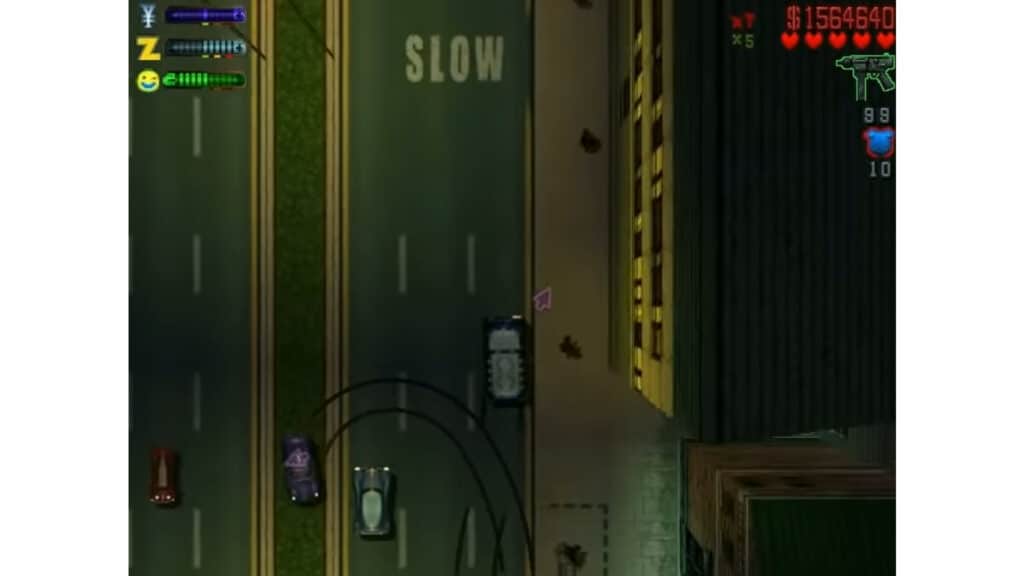
©Screenshot from Grand Theft Auto 2.
Do we really need to explain this pick? Grand Theft Auto 2 is a classic, with its top-down gameplay providing the base for what would become a truly legendary franchise. You play as a criminal in a wide-open world, and must complete jobs for different crime syndicates in order to progress through the story. Unlike later games in the franchise, Grand Theft Auto 2 features a points system that rewards you for causing chaos across Anywhere City. You can pick up weapons hidden around the various nooks and crannies of the world, and use them to cause mayhem. Alternatively, you can steal a car and drive around at breakneck speed, with no concern for anyone around you.
The most unique system in play here is the missions. As mentioned, you do jobs for different crime syndicates. As you complete them, you earn respect from that group, which enables you to do even harder jobs for them. However, it also loses the respect of its rivals, which not only locks you out of their missions but can even make its members hostile in the streets. You’ve got to choose carefully, as you’re going to make an enemy of someone.
It’s striking just how much of the core gameplay loop is recognizable in newer games in the Grand Theft Auto franchise, even if technology moved swiftly on.
The image featured at the top of this post is ©Nintendo (Super Smash Bros. front cover).
